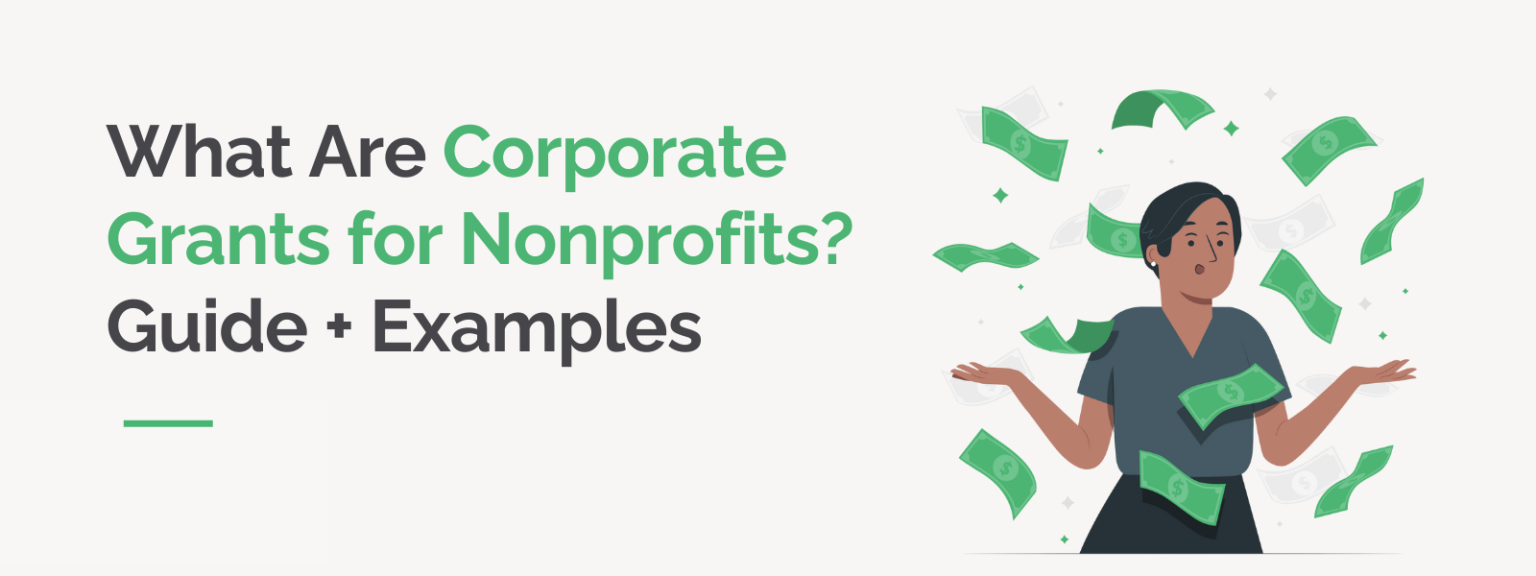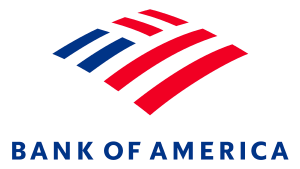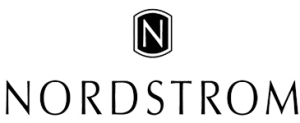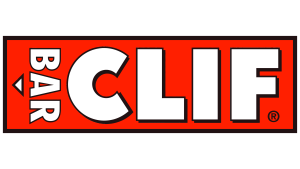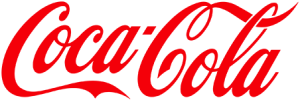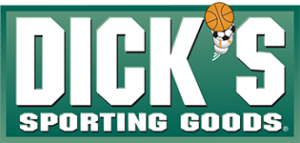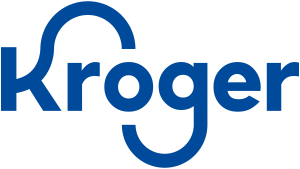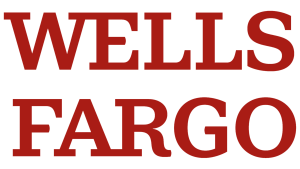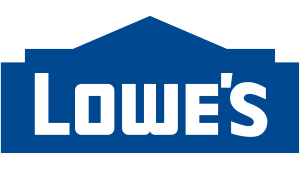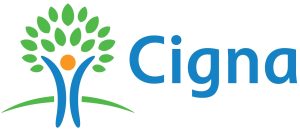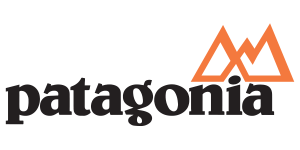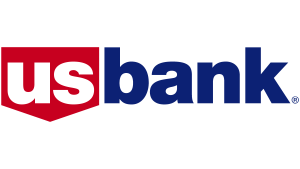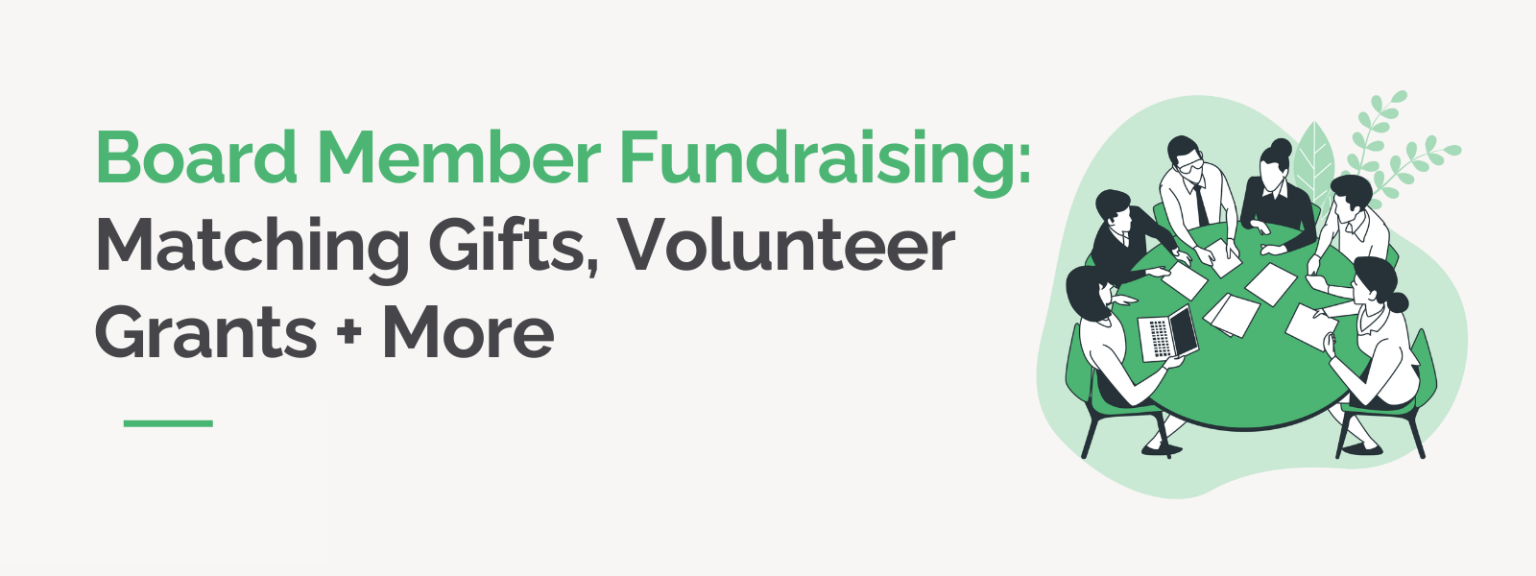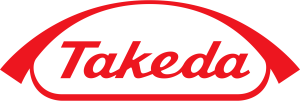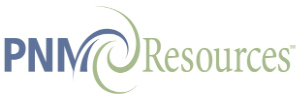15 Member Engagement Strategies for Growing Associations
Picture this: a new member joins your association, signs up for your mailing list, and attends your major annual conference. However, you don’t hear from them again until it’s time for next year’s event. With few activities between events, members eventually drop off, leaving your association inactive and with declining membership.
Avoid this scenario by keeping your members engaged all year round. With the right strategies and software, you can connect with new members and cultivate an active, loyal membership base.
To help your association build and maintain its community, this guide will explore top member engagement strategies. But first, let’s explore exactly what member engagement is.
What is member engagement?
The trade and association experts at Tradewing define member engagement as: “all the ways members interact with your association. When members attend events, comment on your blog posts, or message one another, they’re engaging with your association.”
Essentially, any activity or content your association provides members is an opportunity for engagement. When members engage with your association, they can expand their professional skills, make connections, and enrich your community.
Why is member engagement important?
Associations with engaged membership bases have dedicated communities they can count on to generate revenue, attend events, and spread positive word-of-mouth marketing. Specifically, by engaging members, your association can improve its:
- Value offering. Ultimately, your association’s membership benefits are engagement activities and content. Finding new ways to engage your members improves your offerings and increases your membership’s value.
- Retention. When members enjoy interfacing with your content and participating in activities, they are more likely to continue doing so in the future. Building relationships with your members and providing them with value can boost renewal rates and fight member lapse.
- Recruitment. An engaged membership base is one of your strongest recruiting tools. Members who are connected to your association are more likely to recommend joining to their friends, family, and colleagues, boosting your member acquisition potential.
When your members are engaged, your association does what it set out to do: provide resources and opportunities to professionals in your field. By expanding your offerings and improving the membership experience, you can build a passionate community of talented individuals ready to help, educate, and uplift one another.
15 Member Engagement Strategies
1. Build and maintain an online community.
Many associations host just a handful of in-person gatherings a year. While these events are valuable, members may feel disengaged in between them.
Keep your community connected to your association and provide valuable benefits year-round by building an active online community. Invest in a community engagement platform where members can message one another and engage with your association online.
Community engagement platforms create social media-like microsites just for your members. Using this tool, you can engage members by:
- Posting a range of content. Share research reports, opinion pieces, analysis videos, and other interesting content on your community platform. This gives members exclusive access to your high-value content and the opportunity to discuss it with other members.
- Encouraging conversation. Your online community platform gives members the ability to freely network with one another in a casual, low-stress environment. Encourage members to make these connections by posting conversation starters, like open questions and debate topics. For example, you might ask members what is one thing they wish they knew when first entering your industry or their thoughts on a new trend in your sector.
- Hosting virtual events. For members who can’t attend in-person events or wish to attend more events, you can meet their needs by hosting virtual gatherings through your engagement platform. These might be lectures or workshops hosted by a guest speaker or casual coffee hours where attendees can set the tone of the conversations.
If you’re looking for a community engagement platform, we recommend Tradewing, our favorite provider for trade and professional associations.
2. Promote relevant sponsor content.
Sponsors provide the funding your association needs to host major events, plan innovative activities, and provide a quality membership experience. As such, it’s easy to think of sponsors as merely a funding source rather than a potential value add for members.
Rather than viewing sponsored content as something your members would need to flip past in a brochure or scroll through online, cultivate relationships with sponsors who bring products and services that genuinely benefit your members.
To cultivate mutually beneficial relationships with sponsors that help boost member engagement, be sure to:
- Consider your value alignment. Don’t simply partner with any organization that offers you money. Instead, consider each sponsor’s values and business goals and if they align with your association’s. For example, an association for high school teachers could benefit members by partnering with sponsors dedicated to education, like a textbook publisher.
- Provide adequate sponsorship tools. Enable sponsors to get their content in front of members meaningfully without interfering with your other offerings. For instance, you might create a dedicated space in your online community for sponsored content and encourage sponsors to create profiles but disallow them from directly messaging members.
- Set clear expectations. The key to a successful sponsorship deal is ensuring everyone understands what is expected of them and what they can gain from the partnership. Discuss how sponsors should engage with members to provide useful offerings without pushing their advertisements too heavily.
To brainstorm potential sponsors, survey your members about the types of products and surveys they would be interested in. This exercise can help you identify sponsors your members are interested in engaging with, benefiting both your members and business partners.
3. Keep your content up-to-date.
Members are more likely to engage with content that provides timely insight into relevant happenings in your industry. Ensure your content is valuable and up-to-date with current trends by:
- Subscribing to industry publications. Peruse news publications, research journals, and other trusted news sources for your field. Read up on what professionals in your field are experiencing in their day-to-day lives, and consider how you can create content that speaks to them. For instance, you might discover that AI implementation is a major concern in your industry and publish a blog post about the ethics of AI and how members can use it to their advantage.
- Attending conferences. Check in with other association leaders and industry experts by attending major conferences in your field. These are opportunities to promote your offerings and learn insights from others. For example, you might compare your membership sales pitch to a similar association’s or attend a workshop about the future of your sector.
- Bringing in external experts. Provide members with additional value and expand your offerings by inviting outside experts to speak to your members. You might ask them to write blog content, attend an event as a speaker, or host a Q&A with your members.
When you create new, valuable content, you can use it to not only engage your current member base but also recruit new members. Ensure all content is optimized for search engines so pieces available to the general public can easily discover and engage with it.
4. Implement gamification.
Do you know anyone addicted to daily apps like Duolingo? These platforms keep users engaged by turning their content into a game. For instance, rather than simply taking language lessons, Duolingo users are challenged to earn points, compete against one another, and rank up in exclusive leagues.
This concept is known as gamification, and it can encourage your users to continually check in with your association. Use your association and community management software to gamify your member experience with features like:
- Leaderboards
- Point systems
- Badges
- Daily challenges
For many associations, the only reward for gamification-related activities is personal satisfaction, but some have tangible benefits. For instance, if members earn a certain number of points by participating in your community, you might award them a discount on your merchandise store or a ticket for an upcoming event.
5. Identify at-risk members.
The best way to prevent member lapse and keep engagement high is to spot members at risk of leaving. Follow these steps to pinpoint low-engagement members and bring them back into your community:
- Identify at-risk markers. Use your community engagement tools to monitor member behavior and spot trends in lapsed members. For instance, you might notice members leave after completing a certain number of education courses or that lapsed members’ posting rate significantly decreases before their departure.
- Send a re-engagement message. This message should include interesting content, a low-effort ask that encourages engagement, or a sense of urgency. For example, you might send an email with a subject line like, “Our community misses you!” with an attached message sharing highlights from your community and links to popular discussion posts.
- Monitor engagement. After reaching out to an at-risk member, continue to monitor their engagement. If they respond positively, keep up your efforts until they resume normal engagement. If they do lapse, ask them to complete an exit survey so you can better understand their reasons for leaving.
Be aware that some of your members may be content with attending a handful of in-person events and otherwise not participating in your online community. However, if a previously active member suddenly misses their first membership renewal deadline, that is a strong cause to reach out and begin re-engagement efforts.
6. Launch a mentorship program.
New members may feel overwhelmed when they first join your association. Ensure they feel welcome and give them an opportunity to connect with your community by launching a mentorship program.
In this initiative, established members can volunteer to serve as mentors. They will guide new members assigned to them by reaching out via email or your community platform to share insights on engaging with your community.
Primarily, mentors can help new members start their networking journeys. They might facilitate introductions at events or share tips on navigating your member directory to find individuals with similar interests.
7. Use event engagement tools.
Online events allow your community to come together from the comfort of their own homes. However, it’s easy to become disengaged with webinars and lectures where the audience is expected to sit quietly and observe.
You can make your virtual events more valuable and connect with your members by using your event software’s engagement tools, such as:
- Audience chat. Let members speak to one another during your event through a live text chat. Have active moderators there to answer audience questions, pose discussion topics, and ensure conversations are appropriate.
- Polls and surveys. Make your audience a part of your events by issuing interactive polls and surveys. For example, a speaker might ask your audience how familiar they are with a specific topic to gauge knowledge levels or prove a point about general awareness.
- Break-out rooms. Enable attendees to chat with one another by putting them in break-out rooms. This feature is particularly effective for associations hosting courses with live instructors, as it allows learners to work together and share their thoughts with others.
When researching event tools, consider looking for a community engagement platform with event hosting tools. While dedicated event software is likely to be more robust, associations on a budget can save money by buying a bundled platform.
8. Design an onboarding process.
Help new members start their experience with your association off on the right foot with an onboarding process. Onboarding can be as simple as an email cadence that introduces your association, highlights new content, and invites members to check out popular features.
For example, your first introductory email might provide background on your association’s mission and prompt members to join your online community by completing their member profiles. Then, a follow-up email would highlight popular offerings, such as your educational courses, and explain how to get involved. The next message after that might share links to popular new content, and so on.
9. Promote user-generated content.
Your association’s team works hard, but ultimately, between research, writing, and video production, they can only produce so much content. To ensure your members have a continual stream of content to engage with, empower them to create content themselves.
User-generated content is how popular social media sites thrive. For instance, LinkedIn’s team relies on its user base to create and share content with other users.
Inspire your members to create user-generated content, like:
- Blog posts
- Reviews
- Photographs
- Videos
- Discussion questions
You can encourage user-generated content by maintaining an online community inviting members to post their creations, comment positively on original content, and even spotlight high-value content in your newsletter.
10. Practice member appreciation.
Businesses thank customers for purchasing their products and services, and your association should do the same for its members. When members renew their memberships, attend an event, or hit a membership milestone, thank them for participating in your community.
A few ways you can show your appreciation include:
- Free merchandise. Send members gifts of branded merchandise on special occasions. For instance, you might send gifts as part of new member welcome kits, when members hit membership anniversaries, during holidays, and to promote upcoming major events at your association.
- Member spotlights. Build social proof and appreciate your members simultaneously with member spotlights. Select highly engaged members and ask them to share a quote or two about their experience with your association. Then, feature their stories and photos in your newsletter, online community, social media, or website to celebrate them publicly.
- eCards. Make appreciation fast and memorable with eCards. Design custom eCards to show appreciation for big and small events, from buying your merchandise or completing a credential course to being a member for five years straight.
By showing appreciation, you communicate to members that you care about their experiences and encourage them to continue engaging with your offerings.
11. Host a range of activities.
Expanding your benefits can engage your current membership base and improve your value offering. The more activities you offer, the more opportunities members will have to engage with your association. Additionally, providing a range of content allows you to appeal to various audiences, growing your membership base.
For instance, you might offer:
- In-person events
- Virtual events
- Educational courses
- Webinars
- Lectures
- Workshops
- Written content
- Videos
When it comes to the topics your content covers, stay focused on your association’s main purpose. Avoid stretching yourself too thin or covering topics outside your expertise simply because they’re popular. Sticking to your association’s mission ensures that you will produce varied and valuable content.
12. Personalize the member experience.
Provide members with content they want to engage with by customizing their experiences based on their interests.
Leverage member management tools with algorithms and AI features that can analyze members’ past engagement to recommend content. For instance, after a member finishes an educational course, you might start promoting the next one in the series or suggest they attend an upcoming webinar on the same topic.
You can also personalize the membership experience through your messaging strategy. Segment members based on shared characteristics, such as career levels or professional interests. Then, create unique messaging cadences for each group to ensure they receive content relevant to them.
For example, you might create a member segment of individuals looking to break into your field. For these members, send them updates to your job board, invitations to networking events, and skill training workshops. In contrast, to senior members, you might still promote networking events but also articles about recent developments in your field and calls to join your mentorship program to welcome new members.
13. Offer volunteer opportunities.
Some already engaged members may be interested in getting even more involved with your association. For these motivated members, deepen their engagement by asking them to consider volunteering at your association.
Talk with interested association members to determine how they can best lend their skills. For example, members with strong communication skills might help create marketing materials, while those who speak other languages might be willing to do translation work.
14. Maintain a job board.
Ultimately, individuals join trade and professional associations to advance their career prospects. For many, this involves finding new employment opportunities. Engage these members by providing a curated job board.
While job hosting websites like Indeed and LinkedIn have their uses, they can be difficult to navigate or even host scam opportunities. By maintaining a job board of reliable positions at trusted businesses, you can help your members find secure employment.
Use your engagement platform to host your job board and promote new postings. For example, you might enable members to subscribe to your job board to receive alerts when new opportunities go live.
15. Collect member feedback.
If you’re unsure why members aren’t engaging with your association or what programming they would like to engage with, simply ask them. Send out surveys asking members about their experiences with your association. For example, you might ask:
- What programs and content have you participated in over the last six months?
- Were these programs and content easy to engage with? Why or why not?
- How did you become aware of these programs and content?
- What type of content would you like to see from our association?
- What prevents you from accessing your benefits?
The responses can provide insight into your members’ specific interests, goals, and challenges regarding engagement. For instance, you might discover that members simply aren’t aware of new engagement opportunities or that they would prefer activities they can complete in a short time period to accommodate their busy schedules.
Our Favorite Member Engagement Tool: Tradewing
Maintaining an active online community is our top member engagement strategy. To implement this strategy, you’ll need a member engagement and community hosting tool. Our recommended platform for professional and trade associations is Tradewing.
Built for small and growing associations, Tradewing is an out-of-the-box ready online community engagement platform. By investing in Tradewing, your association will have access to a host of community management tools, including:
- Online engagement platform. Tradewing provides associations with a social media-like microsite where members can connect. While some small associations may opt to host their communities on social media, Tradewing provides a secure and professional where the focus will be solely on your association.
- Member analytics. Track how your members are engaging with your association. Dive into individual members’ engagement histories or get overviews of your entire community to identify trends in member behavior.
- Event hosting. Save money by hosting your events through Tradewing rather than investing in a separate event management tool. Promote and launch virtual events on the same platform to keep members focused and make attending easy.
- Sponsorship engagement tools. Sponsors are a core part of your association’s community. Provide them with the tools they need to connect with your members, promote their offerings, and have a valuable experience with your association.
- Association integrations. Tradewing has an association management component. However, thanks to its numerous integrations, organizations solely interested in the online community software aspect can still use Tradewing. Plug Tradewing into your association’s tech stack to get your online community up and running in minutes.
Tradewing is the ideal community engagement platform for associations looking for a fast, user-friendly solution. Avoid the hassle of extensive development and high subscription costs with a platform that fits your association’s needs.
More Member Engagement Resources
By engaging your members, your association can retain them long-term and build a thriving community that attracts more supporters and establishes your organization as an industry leader. To raise your engagement rates, assess your membership base and consider which of our top engagement strategies will likely resonate with your audience.
For more help engaging your members and keeping your association organized, check out these resources:
- Top Data Hygiene Best Practices for Nonprofit Organizations. Data hygiene is important for all member-based organizations. Discover how you can keep your information clean and usable year after year.
- 6 Excellent Higher Logic Alternatives: Comparing Features. Higher Logic is a top community engagement platform, but it has an intimidating learning curve. To find an alternative solution for your association, check out these comparable platforms.
- 7 Leading Hivebrite Alternatives To Power Your Organization. Hivebrite is one of the most well-known member engagement platforms available. However, due to its cost and customization requirements, it may not be the best fit for every association. Check out these top recommended alternatives.

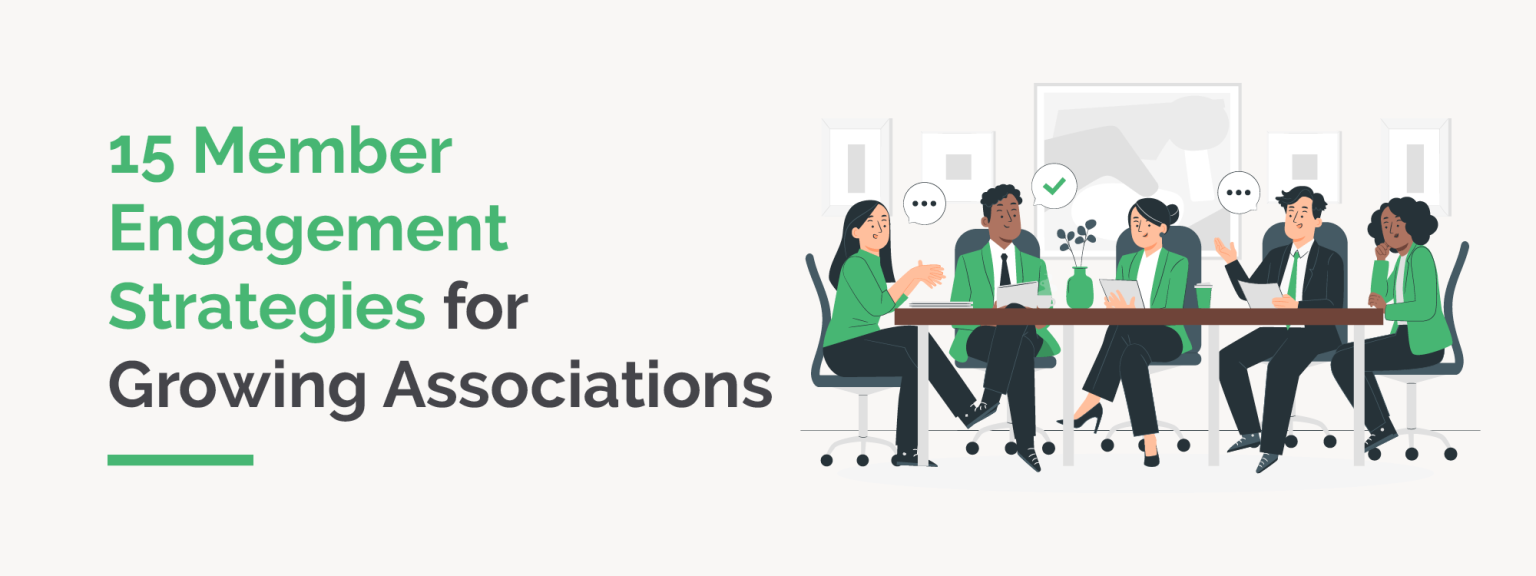



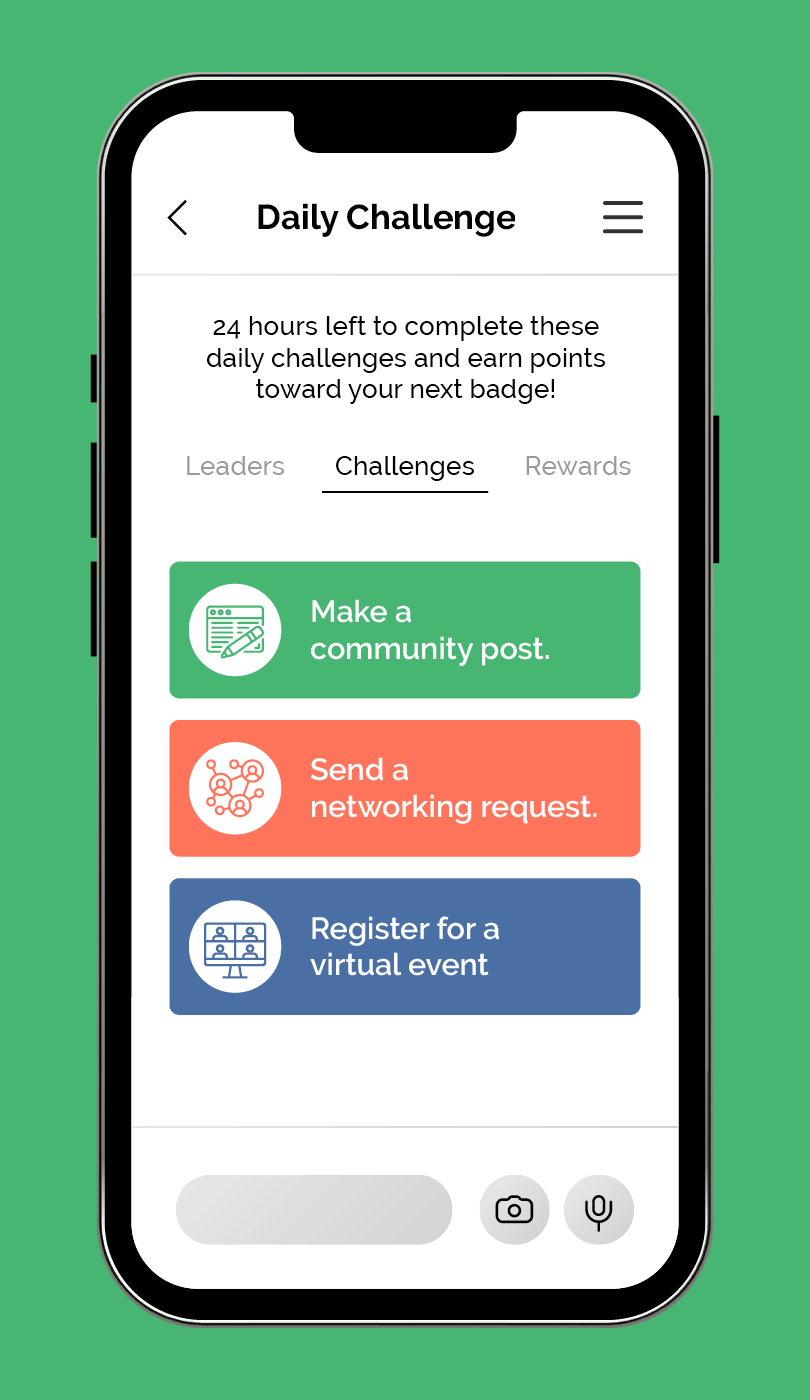
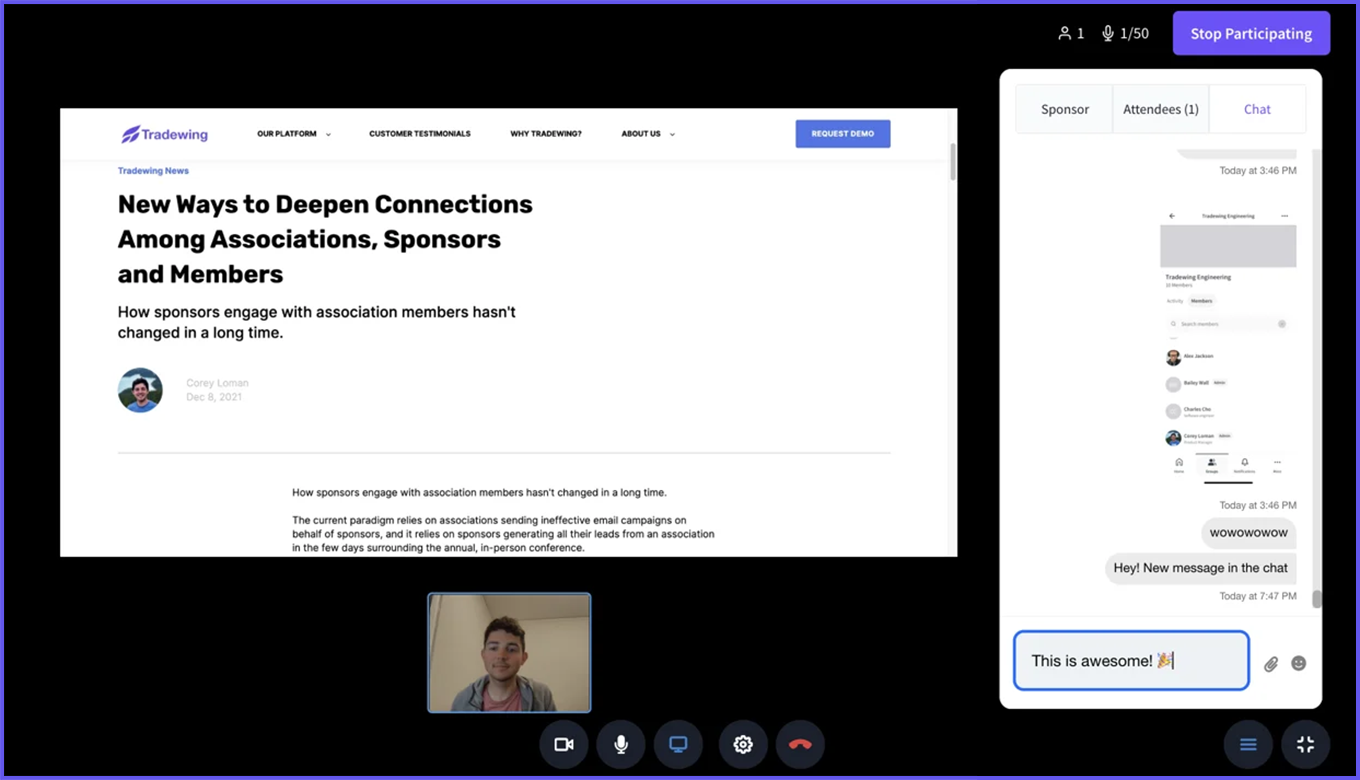
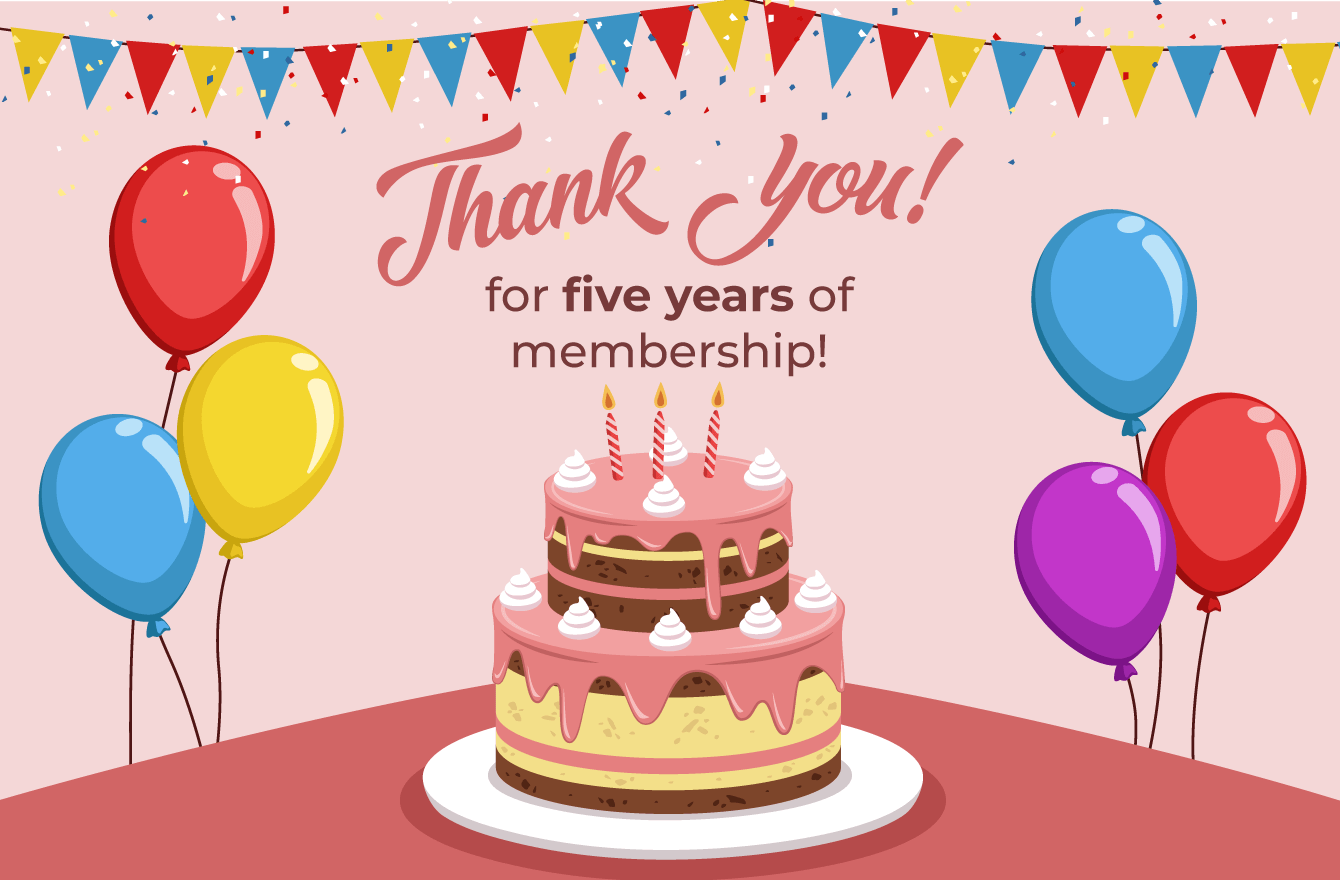
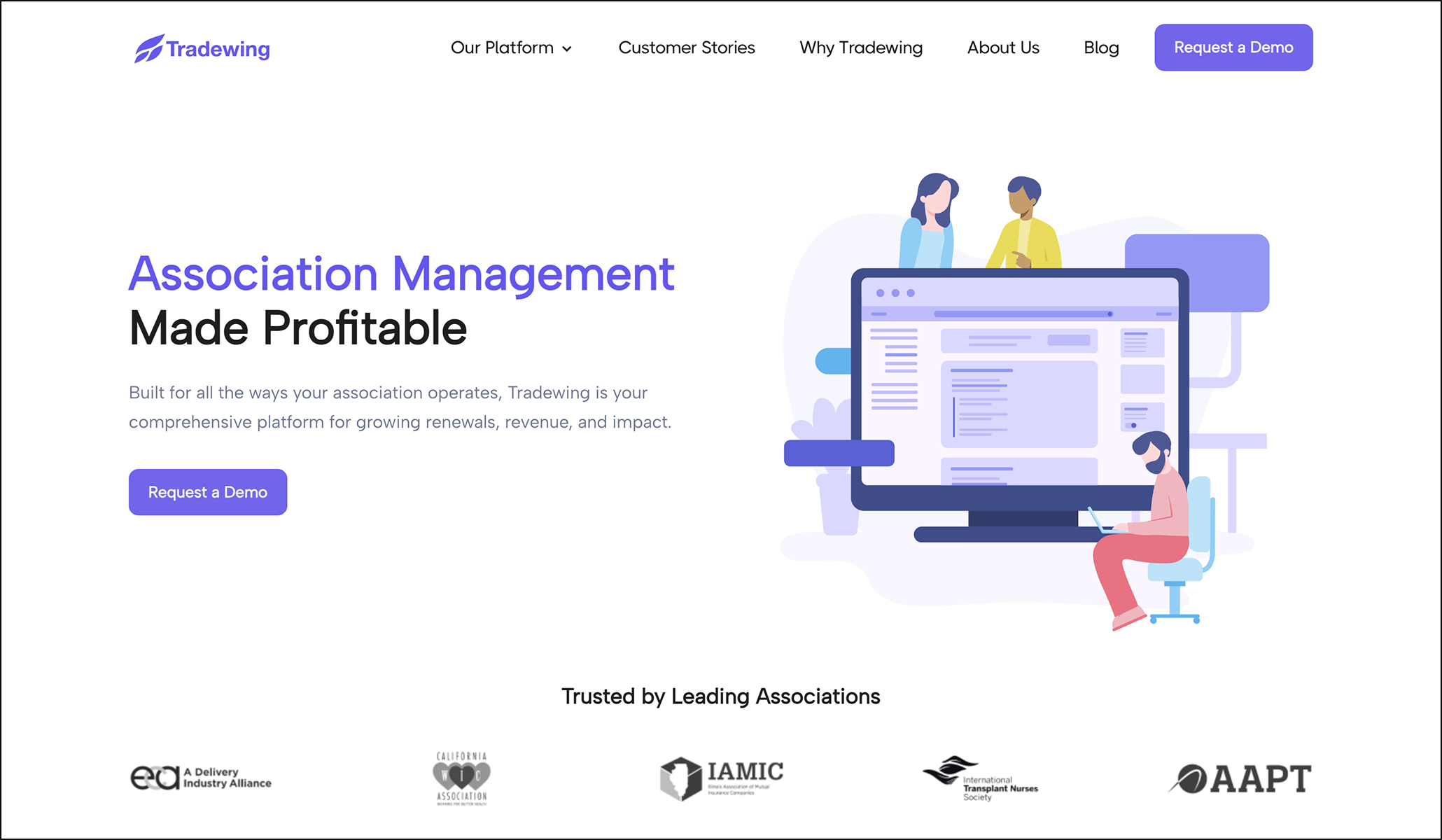
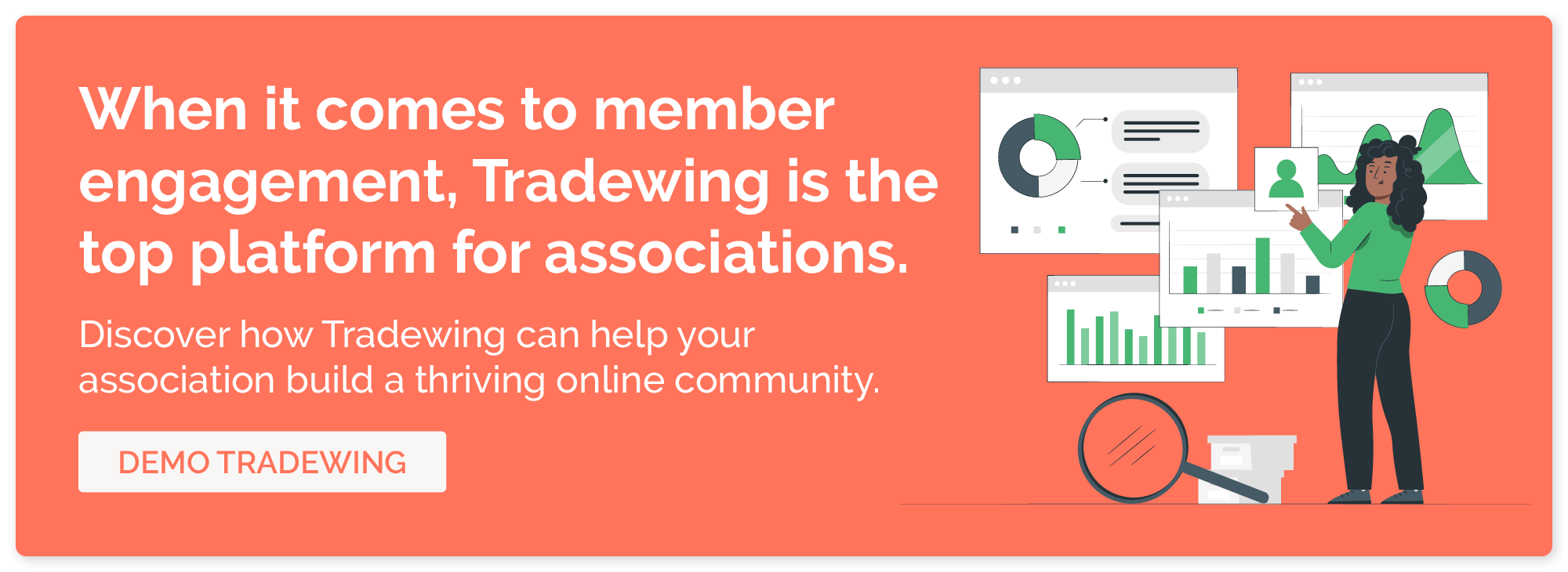
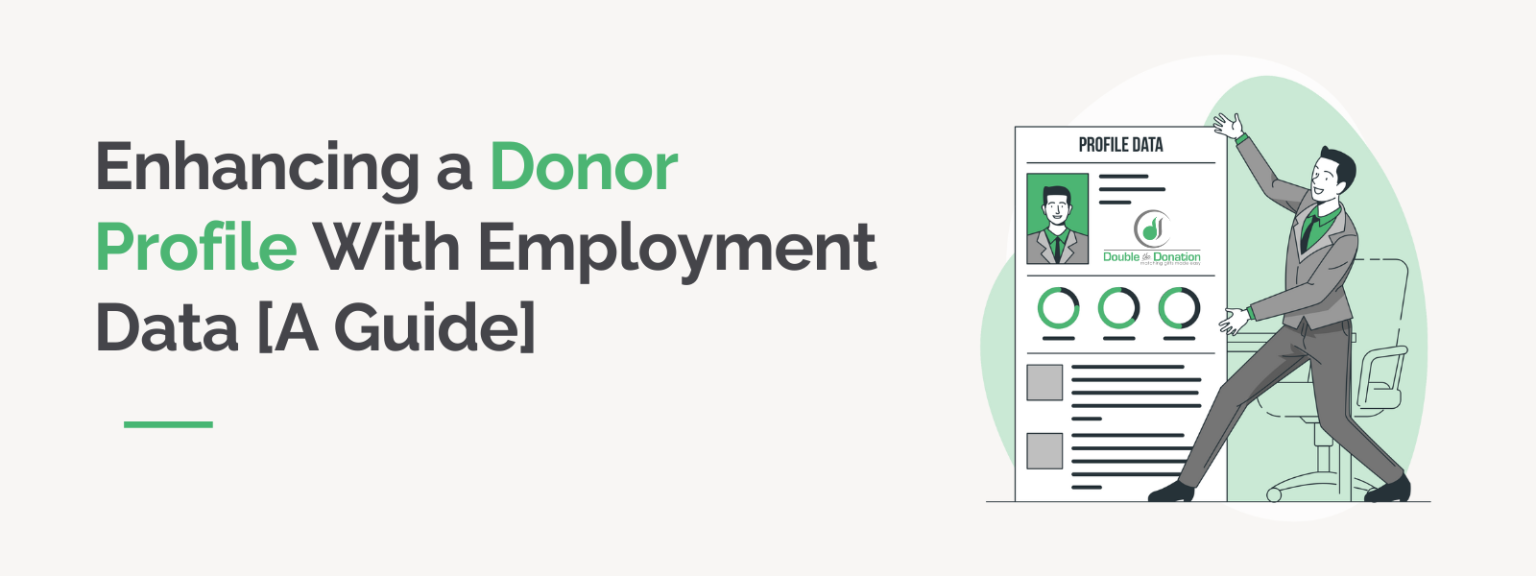
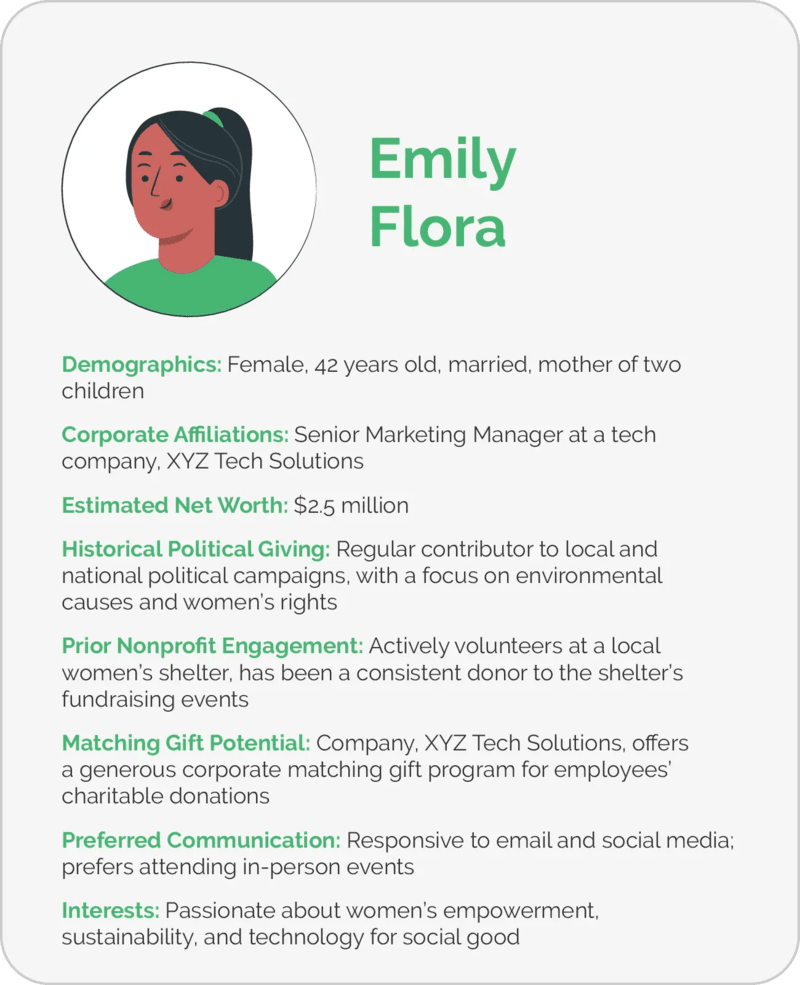
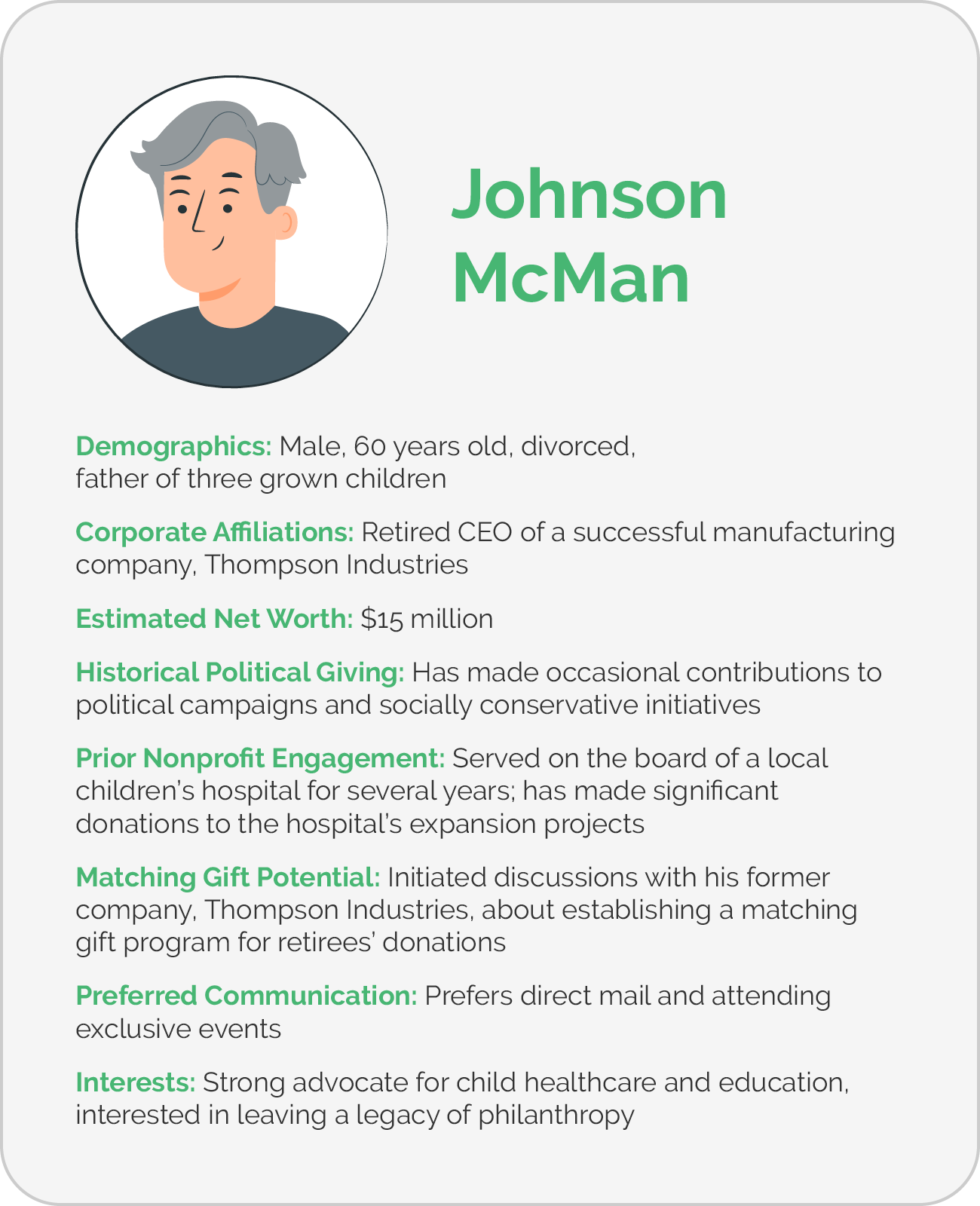

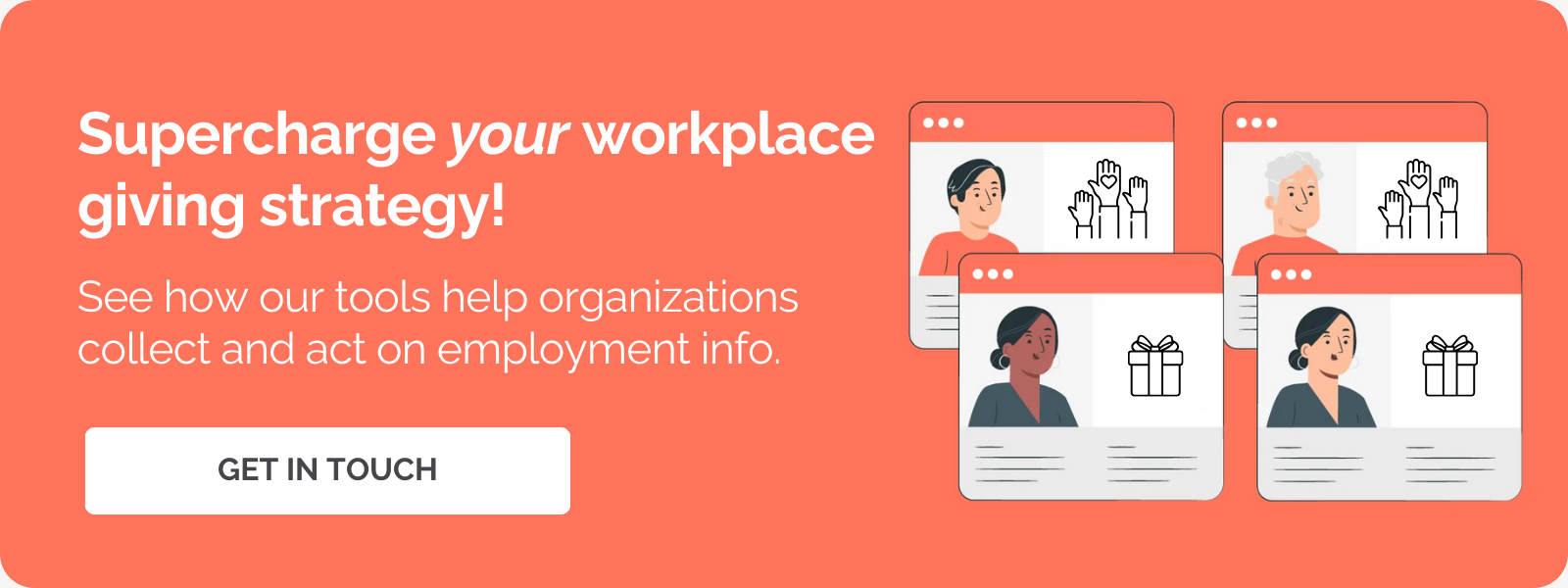
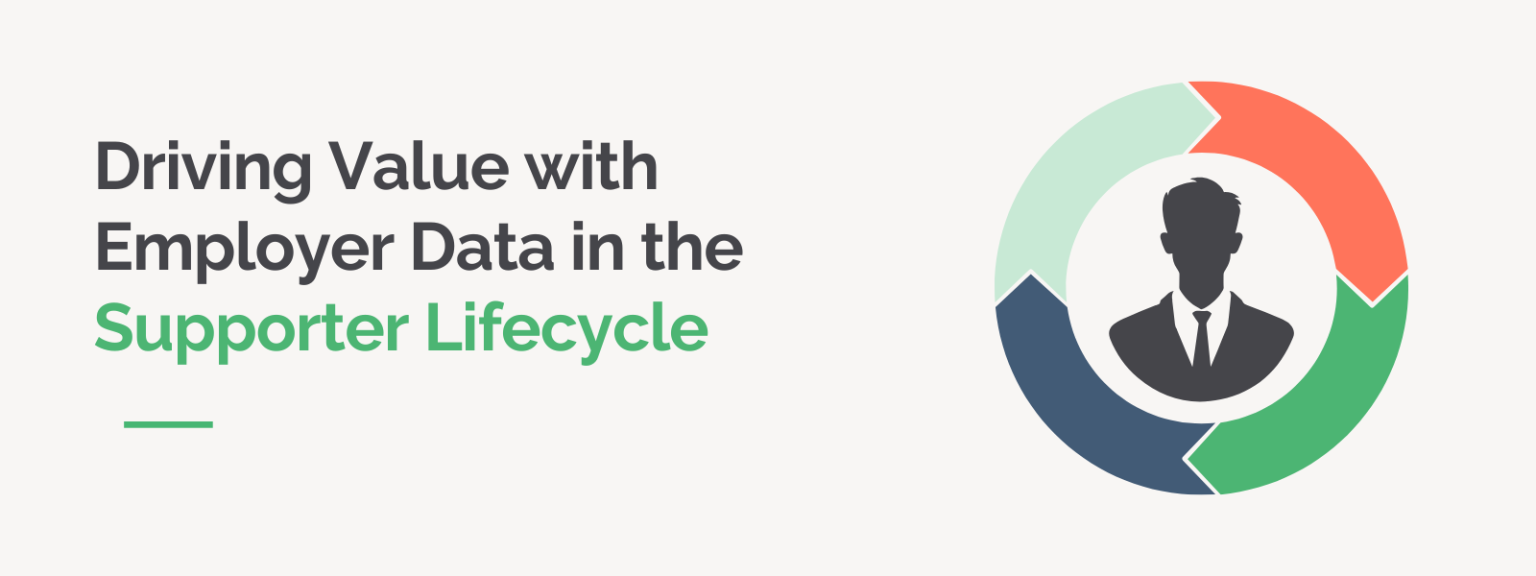
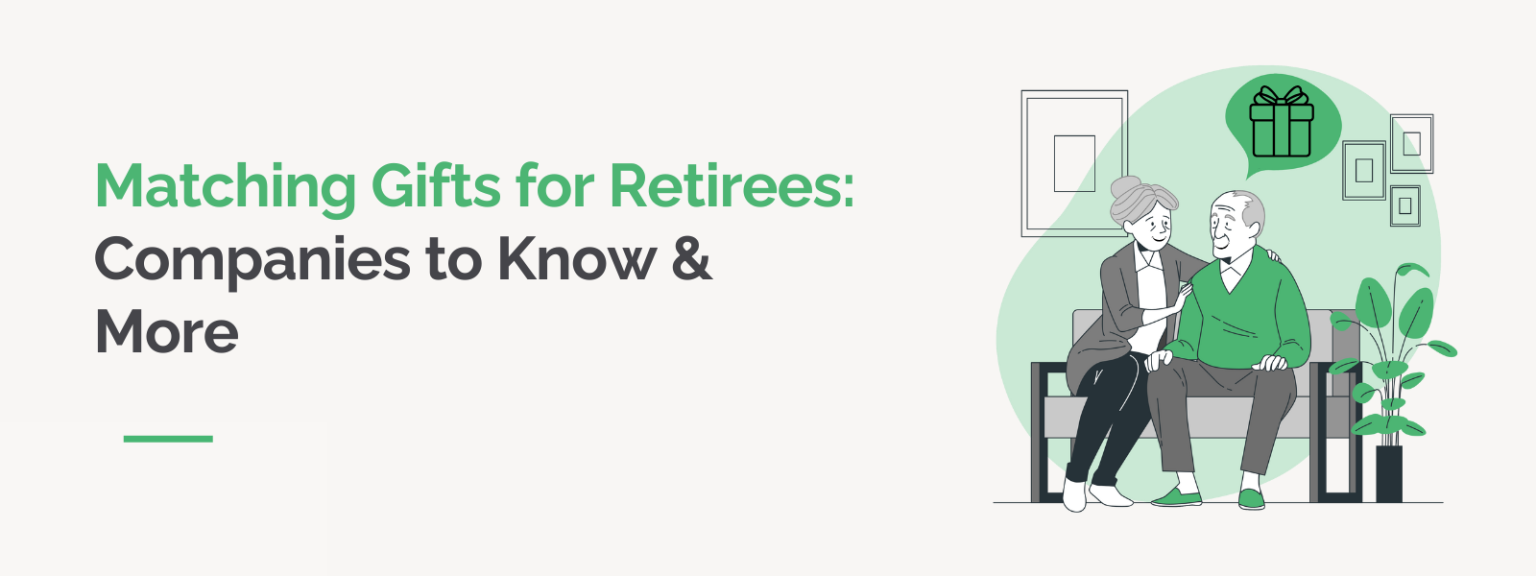


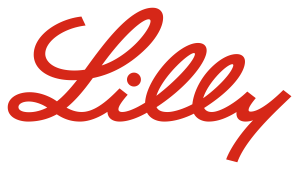


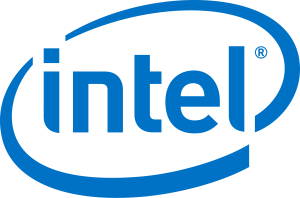




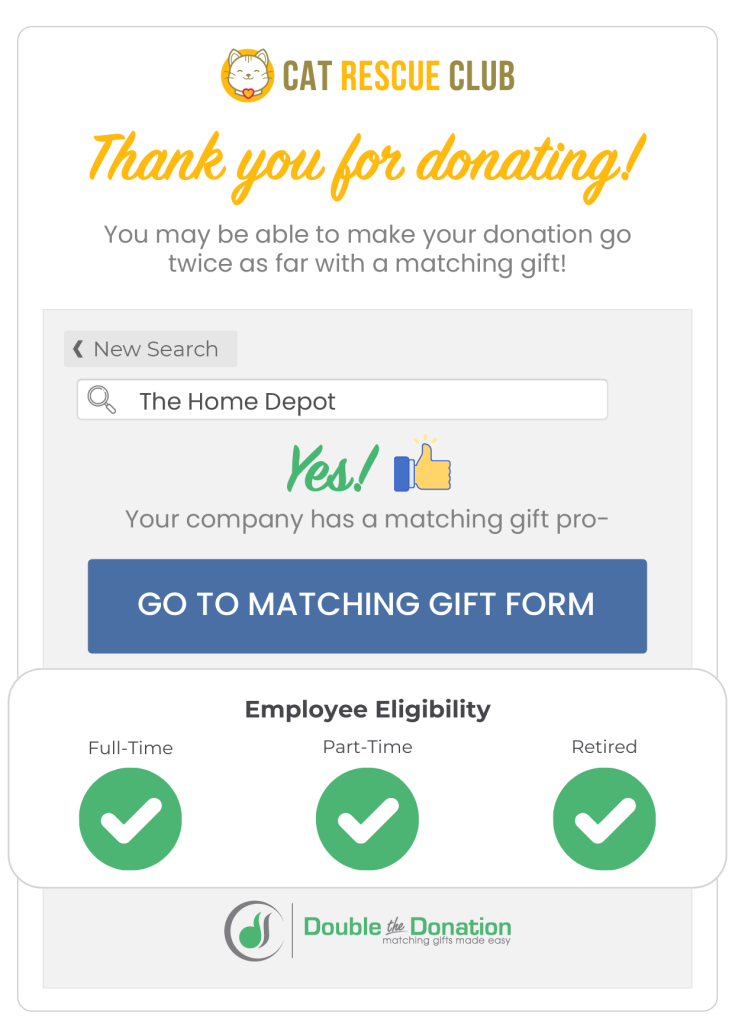

![Driving Donor Retention With Matching Gifts [A Guide]](https://doublethedonation.com/wp-content/uploads/2015/09/DTD_Driving-Donor-Retention-With-Matching-Gifts-A-Guide_Feature-1536x576.png)
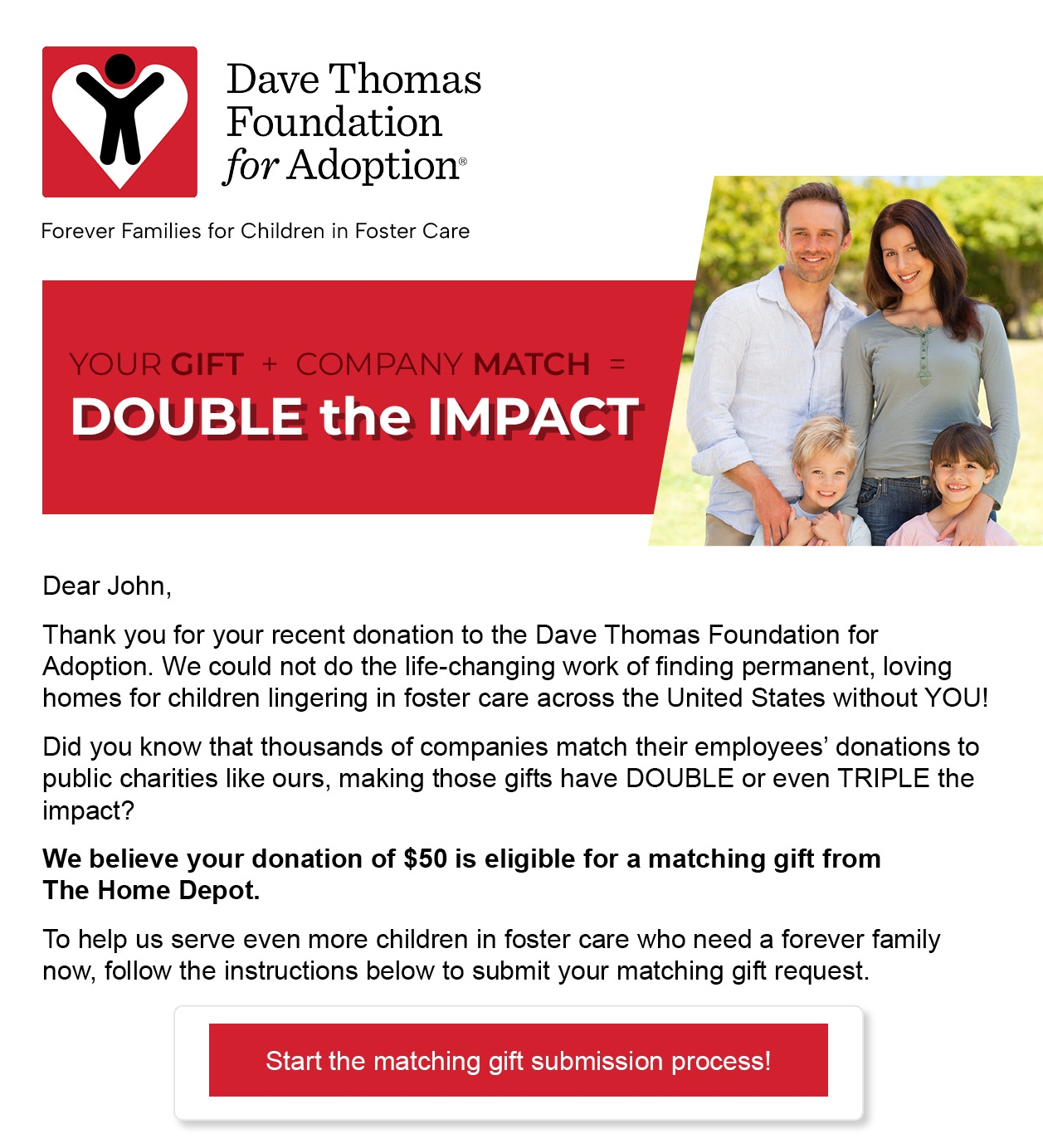
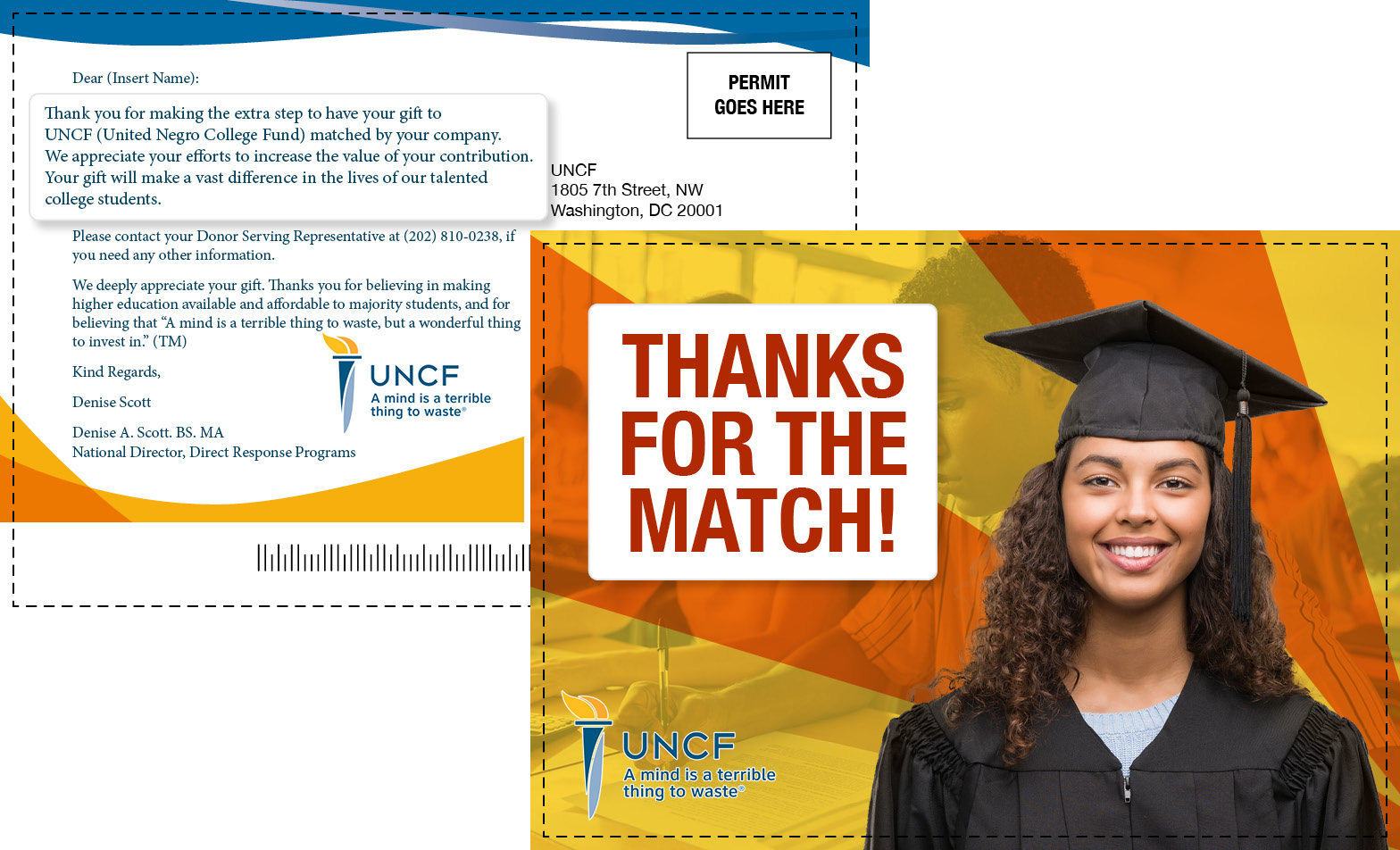
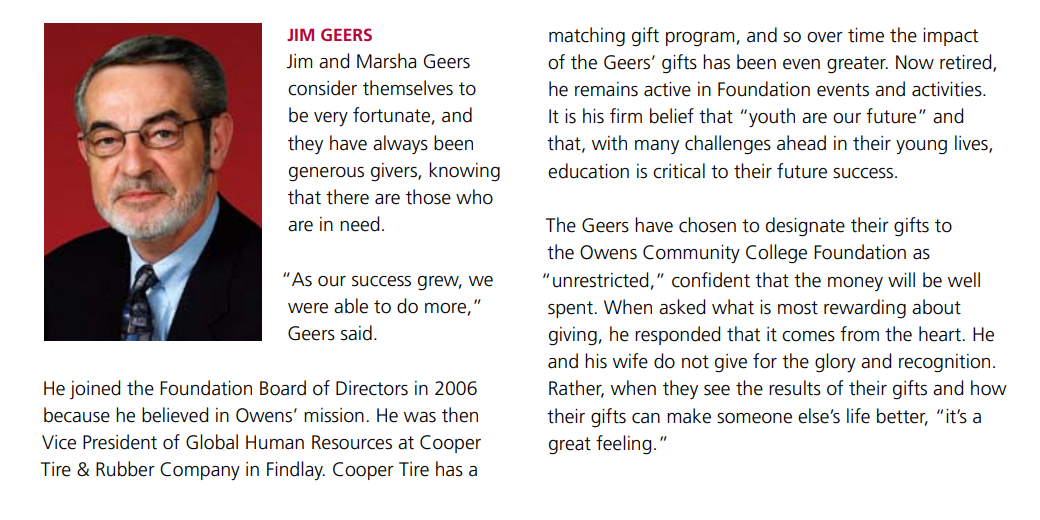
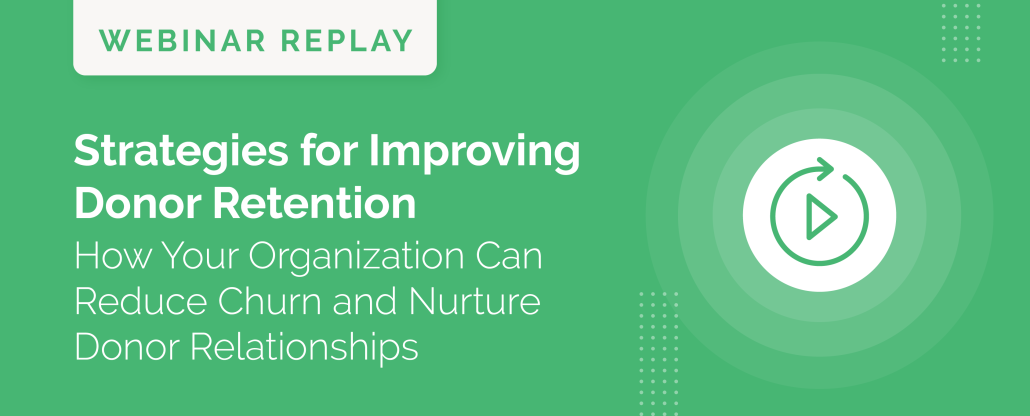
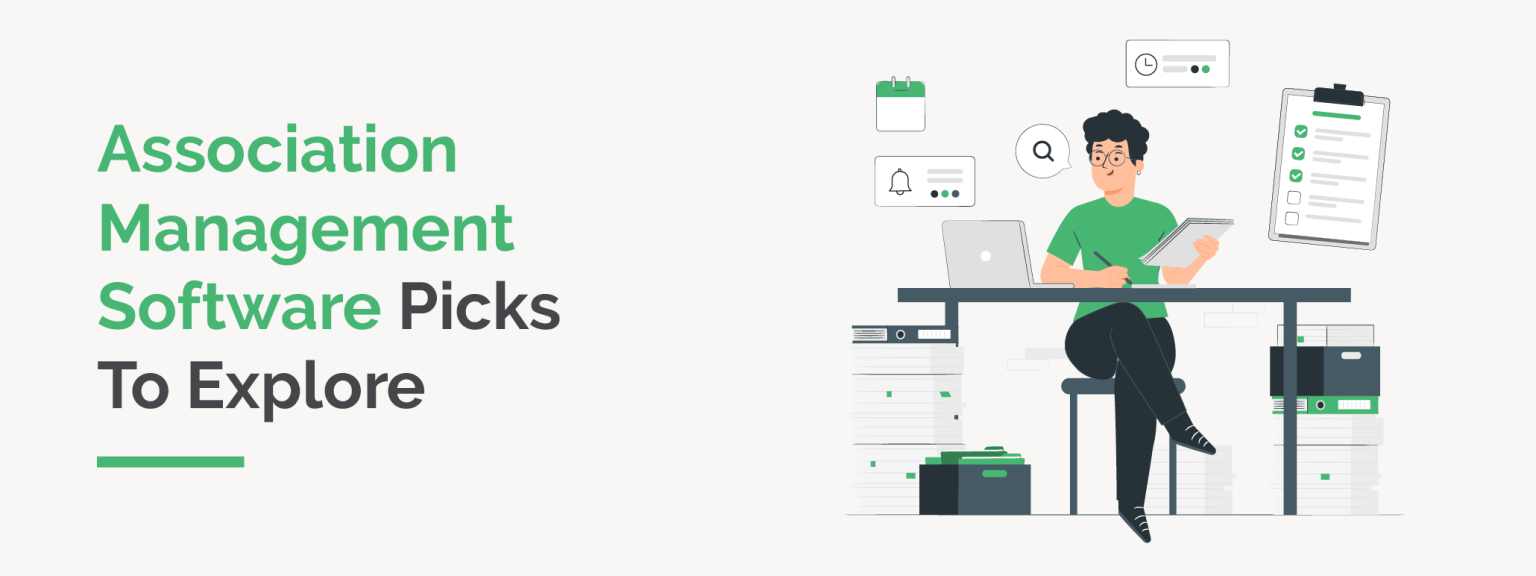

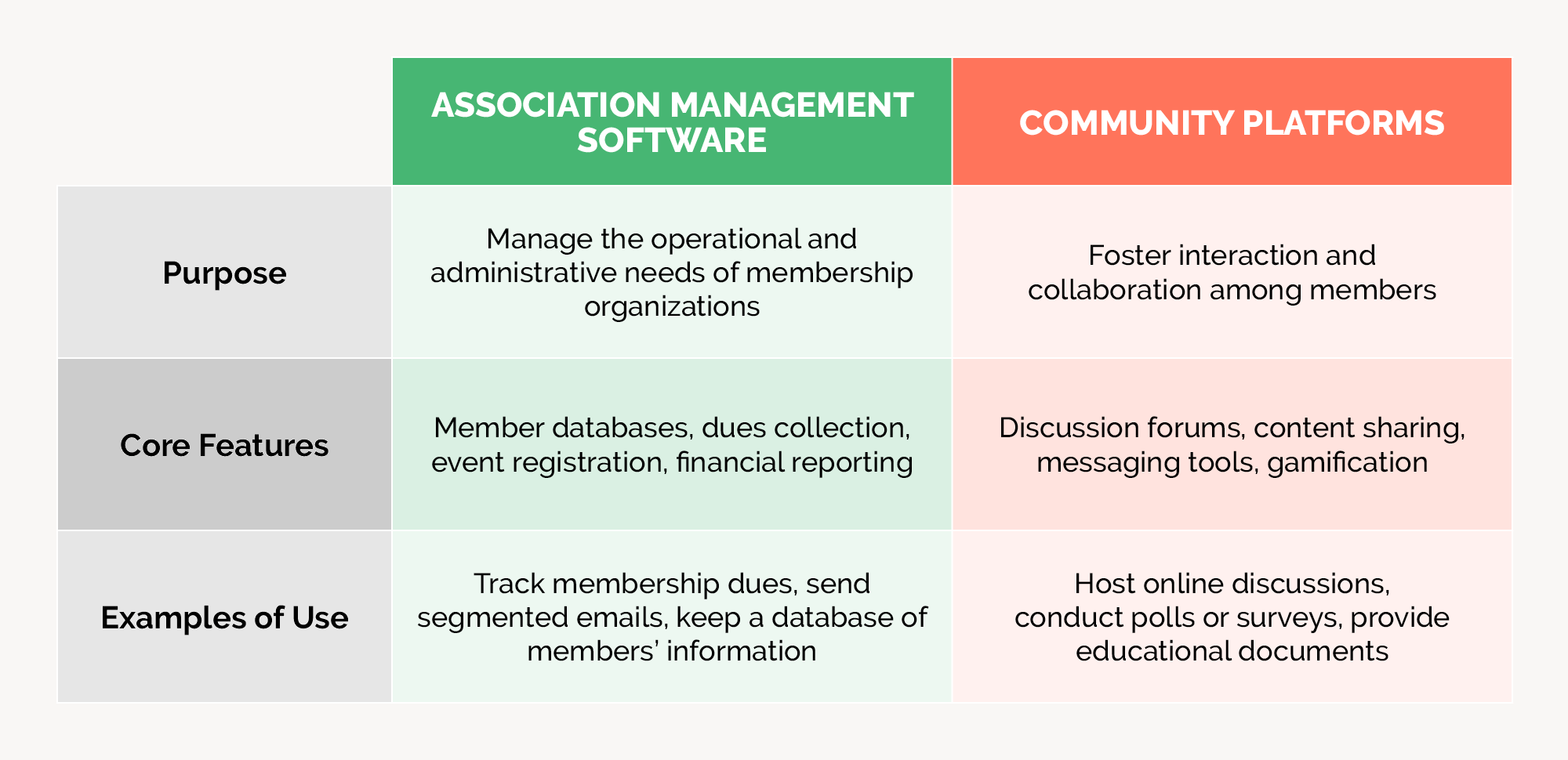
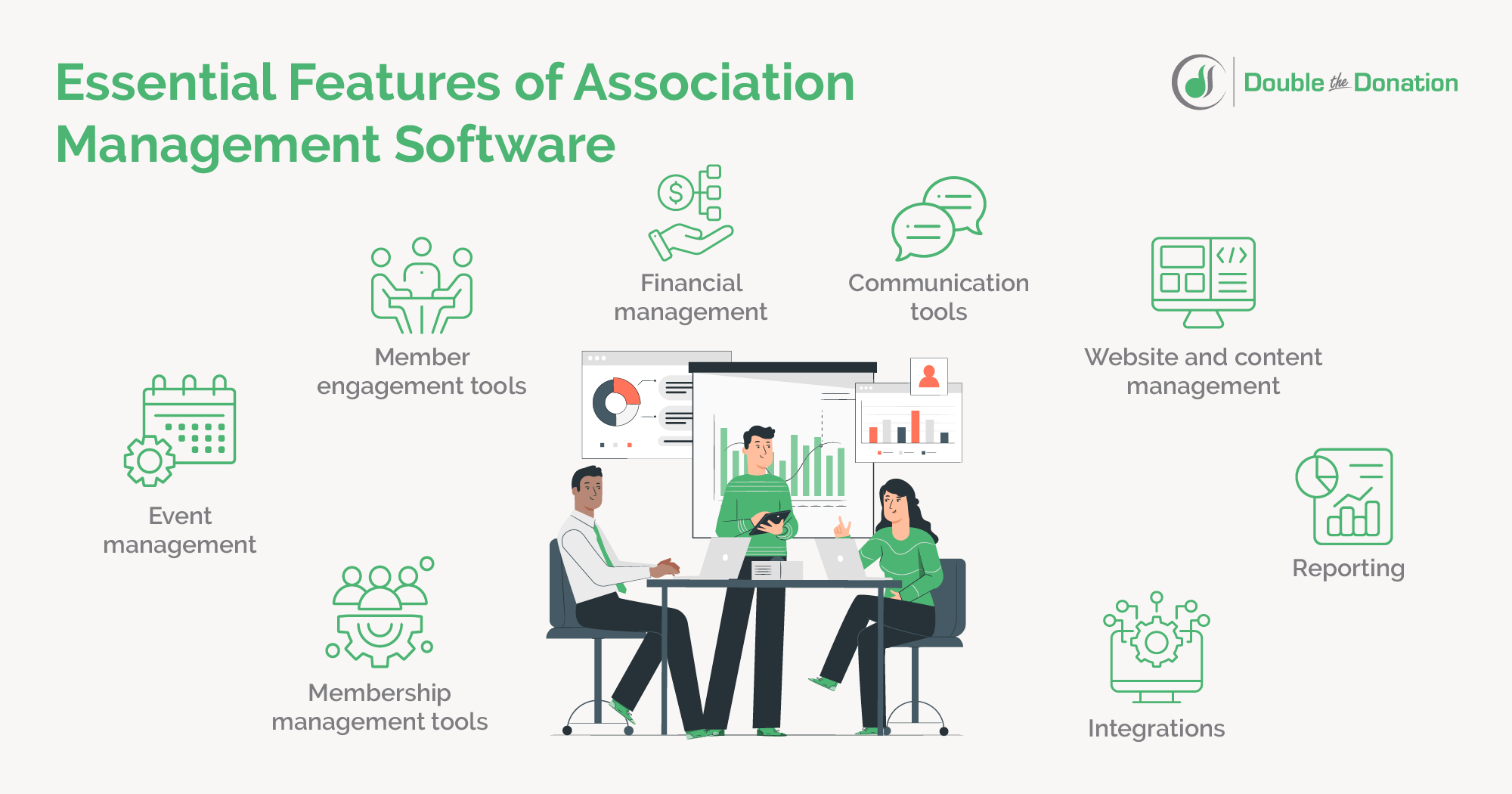
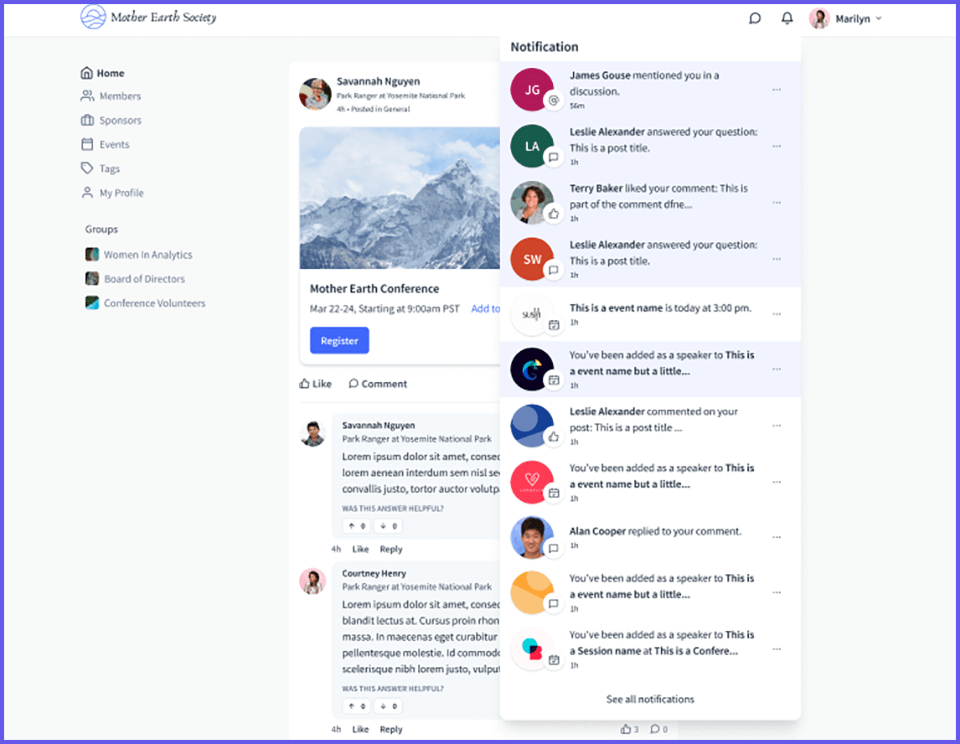

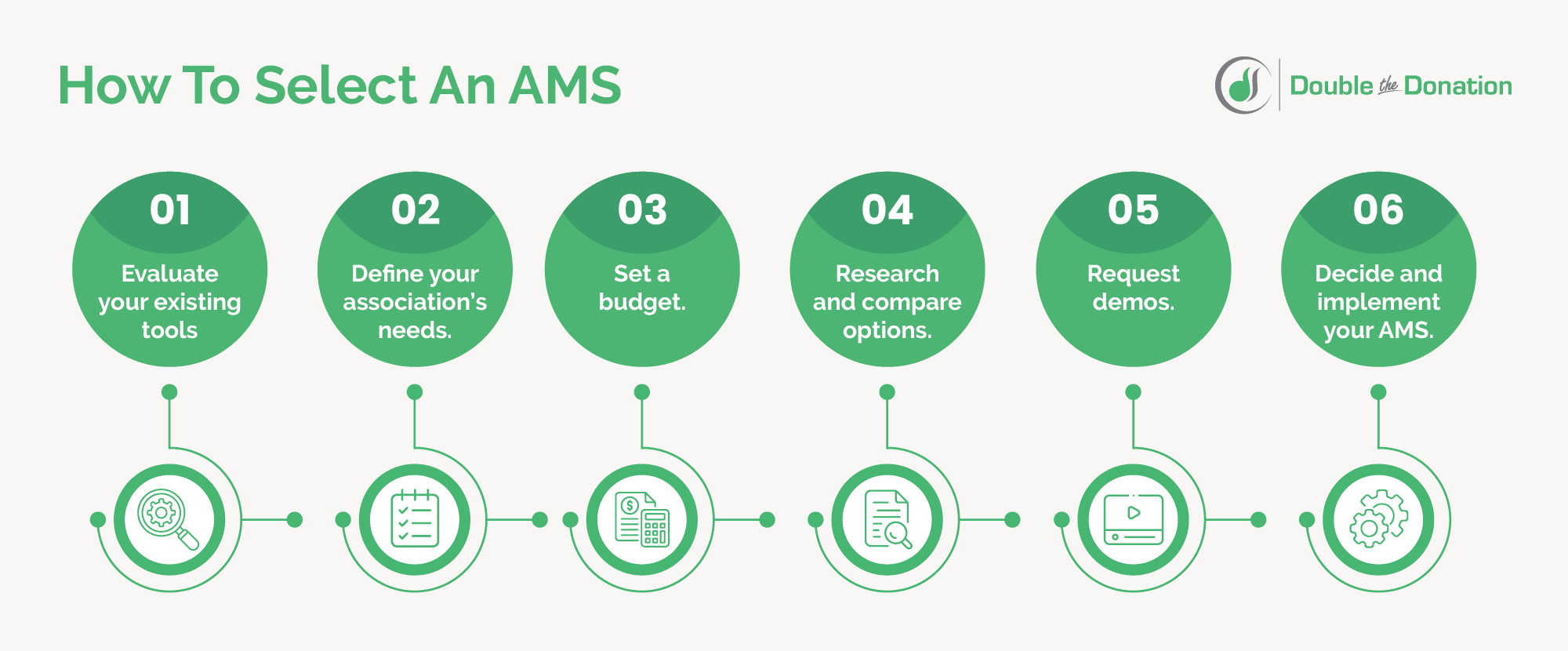
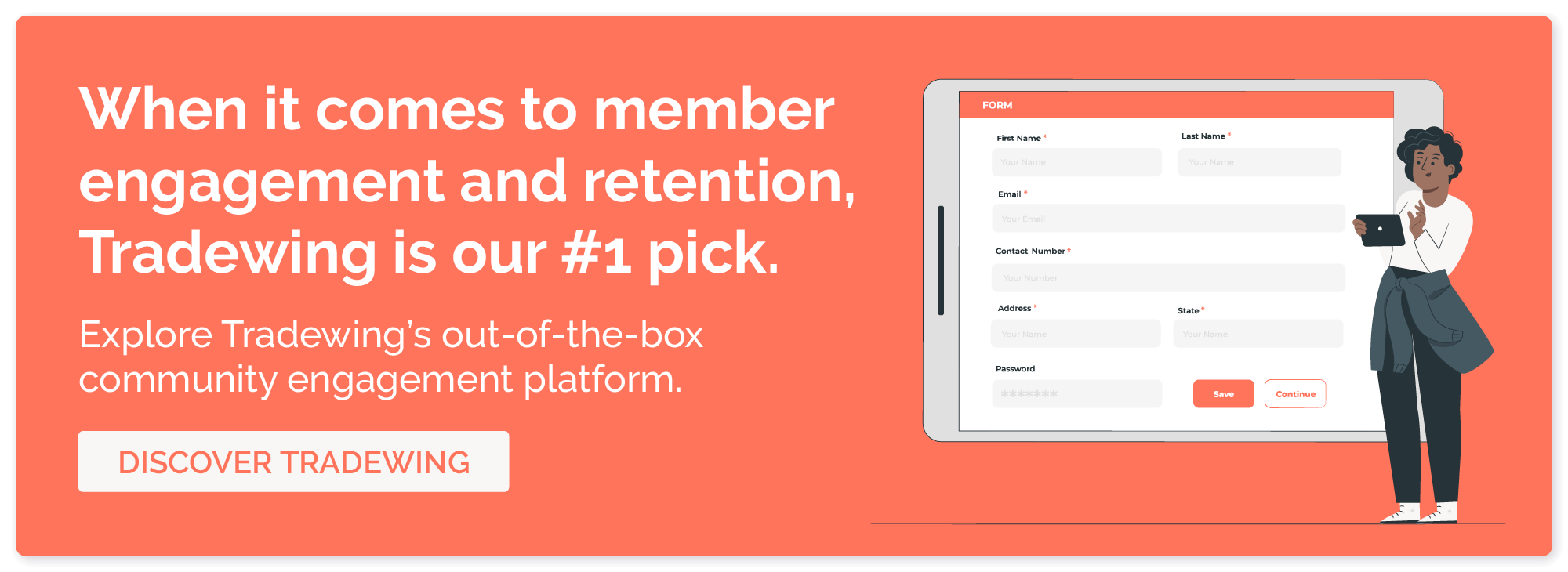
![How to Write a Statement of Need for Grants [With Template]](https://doublethedonation.com/wp-content/uploads/2025/02/DTD_How-to-Write-a-Statement-of-Need-for-Grants-With-Template_Feature-1536x576.png)


